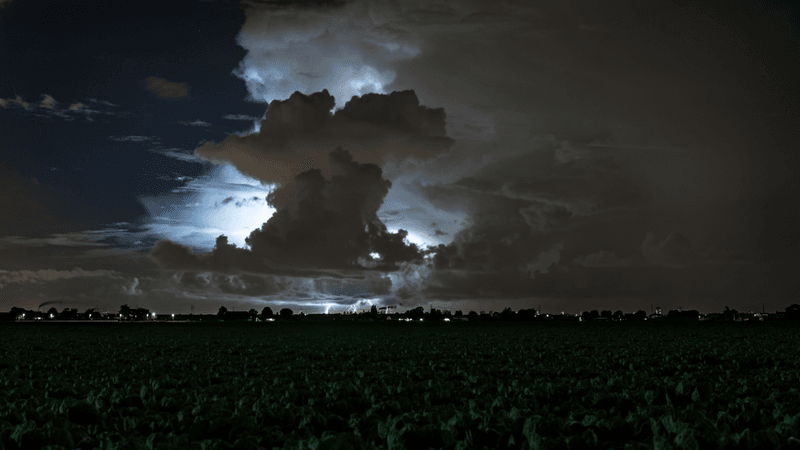A magnitude 6.8 earthquake struck Morocco’s High Atlas Mountains on Friday, September 8, 2023, making it the biggest to hit the country in 123 years. Some who witnessed the disaster first-hand have reported seeing flashing lights shortly before the earthquake began, and it’s a phenomenon that isn’t unfamiliar to scientists.
Earthquake lights is the name given to a range of weather phenomena that have been reported in association with earthquakes, including sheet lightning, balls of light, streamers, and steady glow, reports the United States Geological Survey. Despite having been reported for centuries, they are rare, and often unexplained, but there are some leading theories as to why we sometimes see strange lights shortly before, or during, an earthquake.
“These luminous phenomena occur in different shapes, forms and colors, as diffuse airglows in the sky, as sudden outbursts of light from the ground, as cold flames licking up ankle-high, as luminous objects described as fiery pillars rising from the ground, as glowing balls floating through the air, and other rarer manifestations,” reads a 2019 paper on the underlying mechanism of earthquake lights by physicist Friedemann Freund, who was once based at NASA’s Ames Research Center in California.
Doubts surrounding the legitimacy of earthquake lights were dampened following the first photos, which Freund says were obtained during the Matsushiro earthquake swarm near Nagano in Japan between 1965 and 1967. Now that surveillance, dashcam, and doorbell cameras are becoming increasingly common, we have all sorts of ways to capture strange phenomena on film, making it easier to study.




